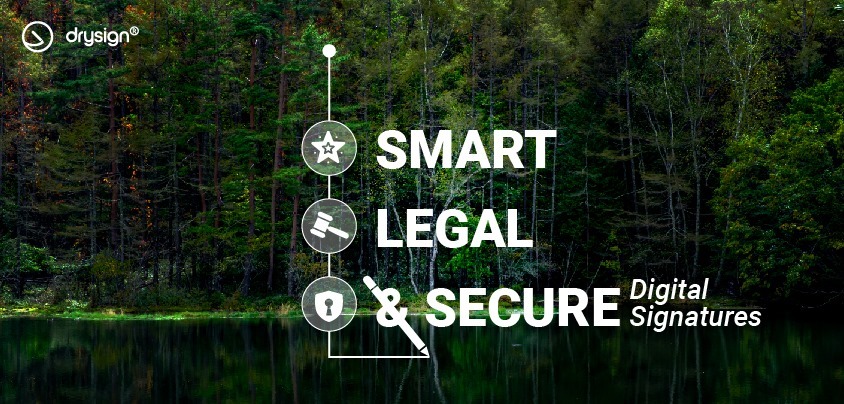This article has been sponsored by Exela Technologies.
What is the first thing that comes to your mind when you hear the phrase “Digital Signatures”? Probably, a laptop or a tablet with a small, blank white space where you have to draw your signature like you would draw on paper, right? While this was the correct definition of early prototypes of digital signature products some 15 years ago, digital signatures today have evolved into something much more meaningful and secure.
What is a digital signature, and how to use it?
A digital signature is a mathematical technique used to validate the integrity and authenticity of a digital document. It is the digital equivalent of a stamped seal or handwritten signature, but offers far more inherent security. Many digital signature providers in India provide such solutions to businesses as well as individuals. Although there are many ways to use digital signatures, the most common way is to upload the document to the digital signature provider’s website or app and digitally sign the document by either uploading your signature or using the default fonts. After signing, you will usually notice a unique ID, proving that your signature is authentic and original.
What is DrySign, and how did it come into being?

DrySign is a digital signature solution designed to help businesses and individuals sign, send, and share documents from anywhere, anytime, and on any device with an internet connection, enabling them to experience the hassle-free nature of paperless workflows.
The story behind DrySign’s inception is pretty interesting. DrySign was created out of necessity. In 2018, Exela Technologies, the company behind DrySign’s success, was starting to realise that their overhead cost was too high. After auditing expenses closely, Exela’s management quickly realized that they were spending too much on 3rd party signature providers, paper-based processes, and mailing document packages.
That’s when they decided to focus on creating their own robust digital signature solution. Since 2019, Exela Technologies has saved over USD 4.3 million (Rs 31 crore) globally after shifting to DrySign.
How have Digital Signatures helped during the COVID-19 pandemic?
DrySign was launched in the US and Canada in 2020, just after the pandemic started. They saw a surge in the development and demand of digital tools, as remote work and social distancing measures started becoming the norm. After a successful launch in the North American region, Exela decided to launch DrySign in India to promote these values further. DrySign has proven to have great potential to assist businesses of all sizes during this pandemic. Here are some of the advantages:
- 100% contactless: Everybody involved in the signing process has the ability to sign remotely.
- Faster turn-around times: Mailing time is zero, especially when compared to international mailings, where it can take days for packages to reach one side.
- Safe and secure encrypted storage: All documents are encrypted and safe from hackers.
- Instant access worldwide: No geographical barriers; sign from anywhere.
- Cost to maintain and transport: The cost is almost zero compared to traditional paper signatures, where costs associated with ink, paper, and mailing add up over time.
- Sustainable solution: Reduces the need for paper and physical storage. Saves trees.
How does digital signatures help with the environment?
If you are active in the climate change community, you have probably heard about the “12 Years to Act on Climate Change”. In simpler terms, it means that climate change scientists have given us 12 years in 2019 to act on climate change before we start seeing irreversible damage to our climate. Now, we’re left with only 10. That’s a scary fact.
One pine tree takes almost 25-30 years to grow fully. After switching to DrySign, Exela has saved almost 600 reams of paper which is equivalent to almost 27 fully grown pine trees! And that‘s just in 3 years. One small change now can have a tremendous positive butterfly effect in the future.
You can check the website for more details.
No comments:
Post a Comment